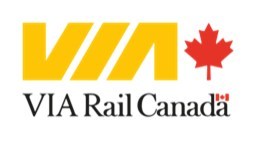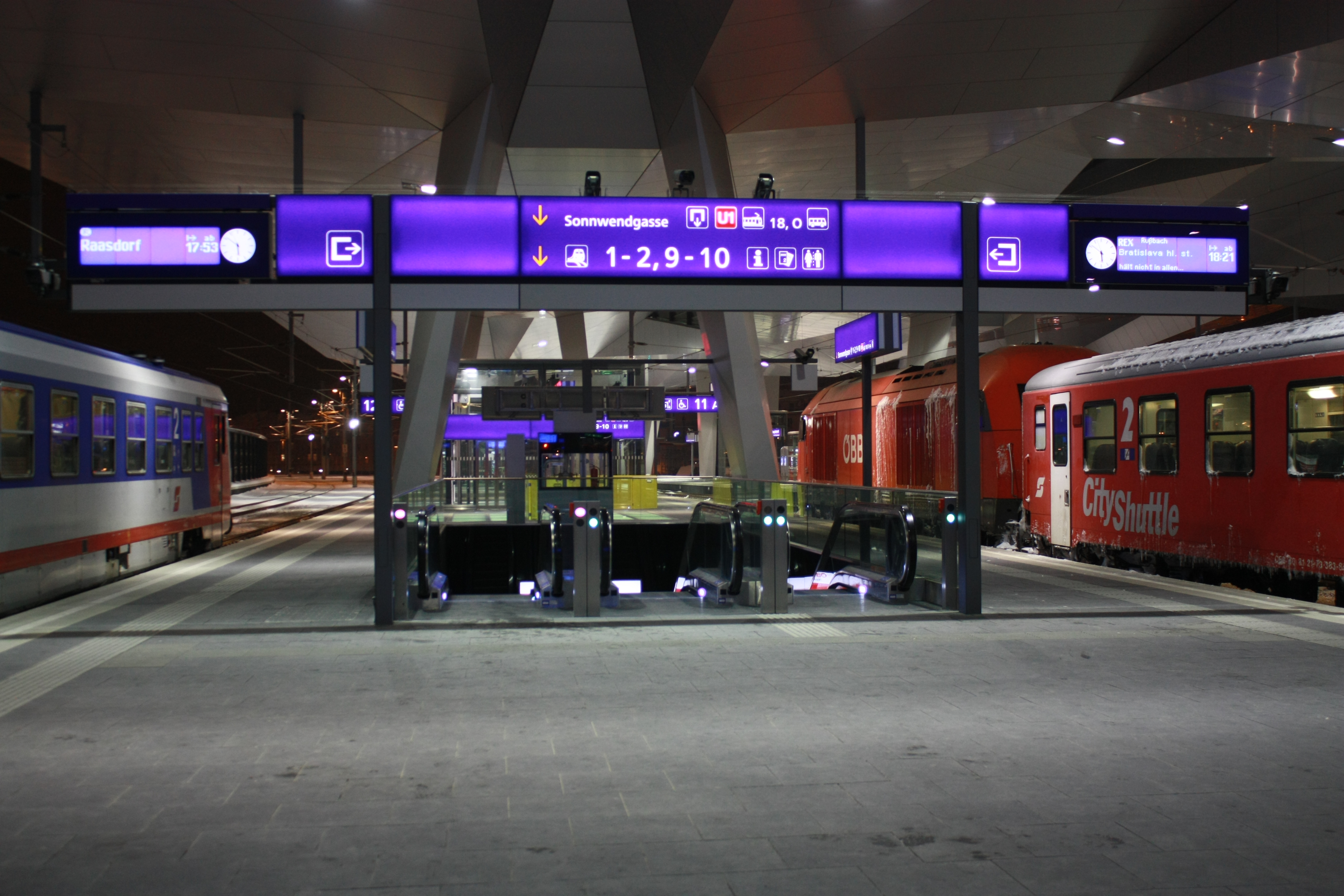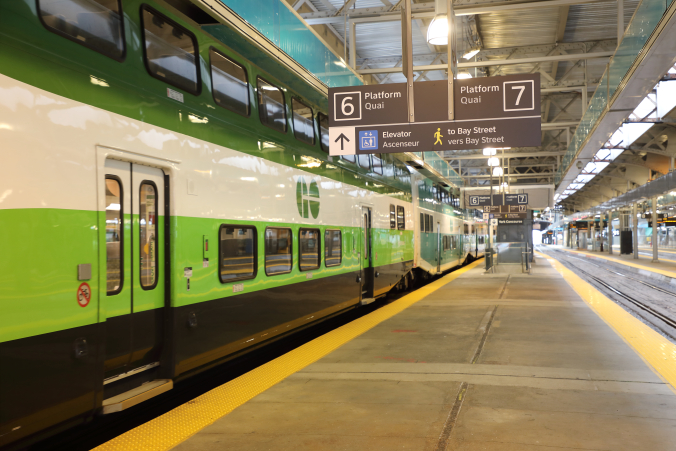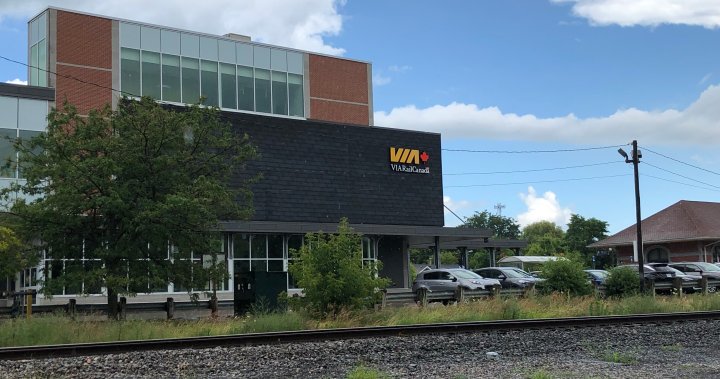STRIKE AVERTED: VIA RAIL REACHES TENTATIVE AGREEMENTS

News provided by
VIA Rail Canada Inc.
Jul 12, 2022, 02:45 ET
MONTRÉAL, July 12, 2022 /CNW Telbec/ - VIA Rail Canada (VIA Rail) has reached tentative agreements with Unifor's Council 4000 and Local 100, the union representing some 2,400 VIA Rail employees working in its stations, on board its trains, in its maintenance centres, the VIA Customer Centre, and administrative offices.
These tentative agreements are subject to a ratification vote by VIA Rail's Unifor members. Once ratified, the collective agreements will be retroactive to January 1, 2022, and in effect through December 31, 2024. Please note that details of the agreements will only be released following ratification by members.
"VIA Rail is pleased to have negotiated these agreements and recognizes the hard work of both parties during this process," said Martin R Landry, President and Chief Executive Officer. "We sympathize with the passengers and communities whose plans have been impacted in the past couple of days due to the uncertainty caused by this potential strike. As we look forward to ratification, these tentative agreements allow our teams to get back to doing what we do best: serving Canadians throughout the country."
VIA Rail regrets any uncertainties that the strike notice issued by the union may have caused. We want to reassure our passengers that as we await ratification operations will run as scheduled.
VIA Rail continues to offer customers the opportunity to make changes to their travel plans without service fees for any departures prior to July 31, 2022.
Please visit viarail.ca to modify your reservation or call 1 888 VIA-RAIL (1 888 842-7245), or our TTY service (for persons who are deaf or hard of hearing) 1 800 268-9503.
About VIA Rail
As Canada's national rail passenger service, VIA Rail (
viarail.ca) and all its employees are mandated to provide safe, efficient and economical passenger transportation service, in both official languages of our country. VIA Rail operates intercity, regional and transcontinental trains linking over 400 communities across Canada, and about 180 more communities through intermodal partnerships, and safely transported over 5 million passengers in 2019. The Corporation has been awarded nine Safety Awards and three Environment Awards by the Railway Association of Canada since 2005. To learn more, visit the
"About VIA Rail" section.








